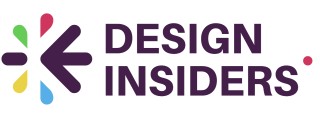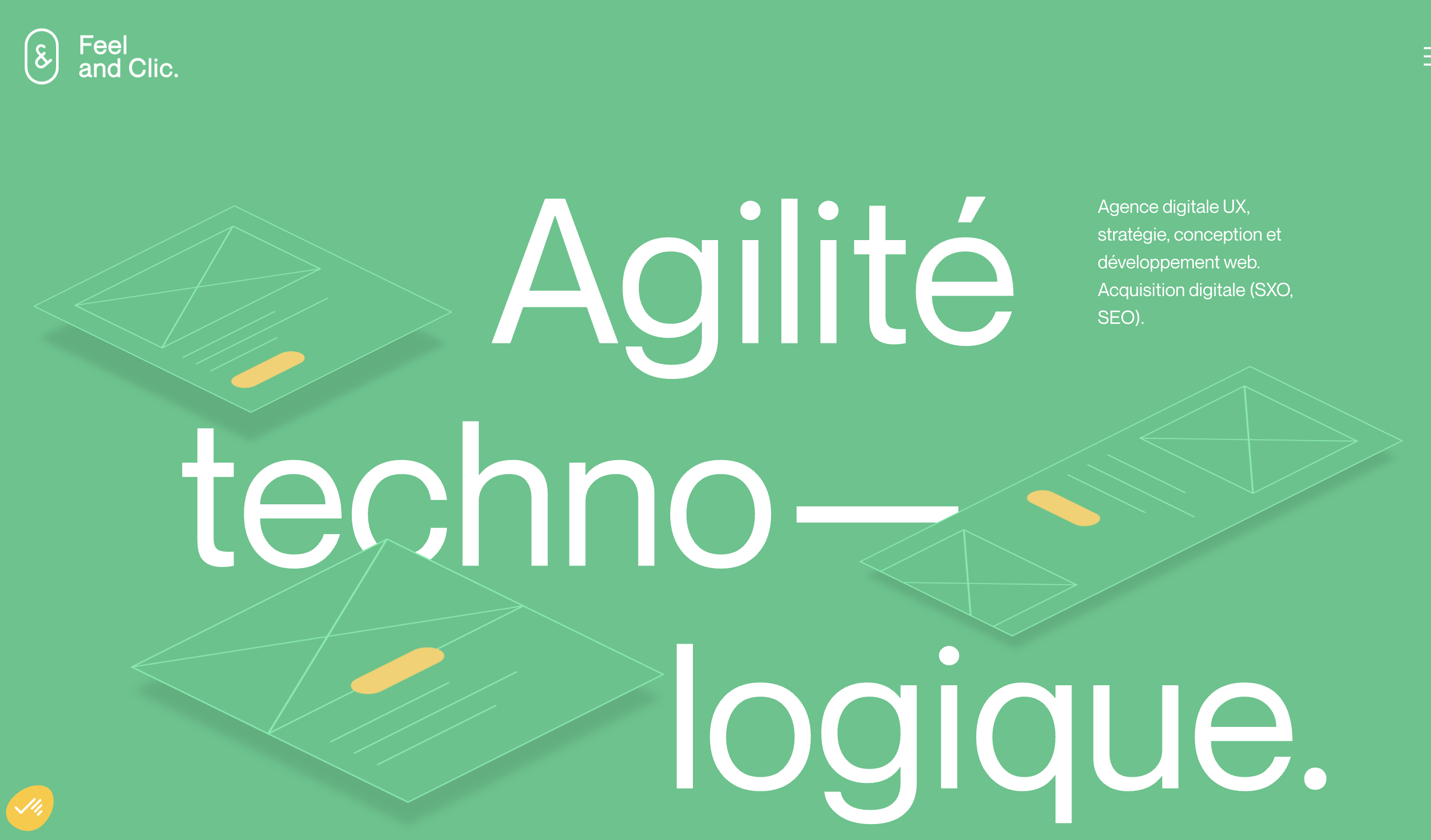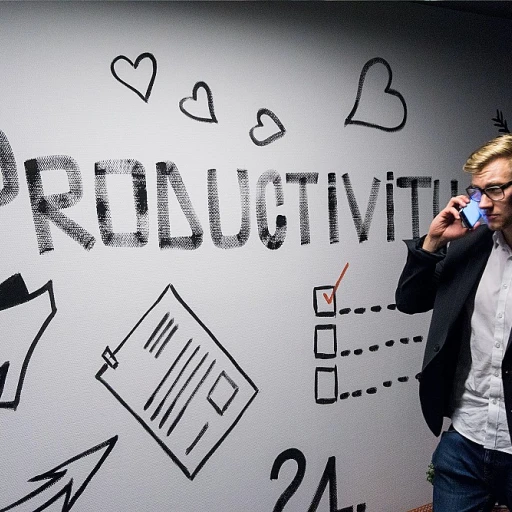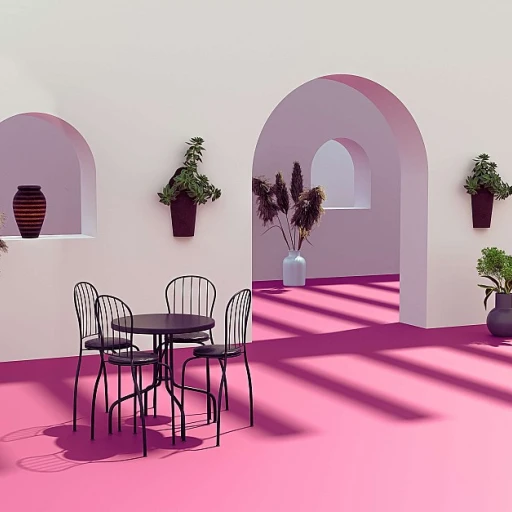Understanding the Essence of UX Design
Grasping the Core of User Experience Design
User Experience (UX) design is an ever-evolving field that focuses on enhancing user satisfaction by improving the usability, accessibility, and pleasure provided in the interaction between the user and the product. The essence of UX design lies in its user-centric approach, which prioritizes understanding and addressing the needs and problems of users.
At its core, UX design involves a deep dive into user behaviors and preferences. Designers often employ techniques such as creating user personas and conducting usability testing to gather insights. This data-driven approach helps in crafting experiences that resonate with users, ensuring that the product not only meets functional requirements but also delights the user.
One can think of UX design as a journey where each step is meticulously planned and executed. From identifying the problem statement to iterating through solutions, the design process is both methodical and creative. The importance of a well-structured design portfolio cannot be overstated, as it showcases a designer's ability to solve complex problems through innovative solutions.
For those keen to delve deeper into the strategies that maximize interface efficiency, exploring intuitive UX/UI strategies can provide valuable insights. These strategies emphasize the significance of aligning design goals with user expectations, ultimately leading to successful product outcomes.
As we navigate through the intricacies of UX design, it becomes clear that the field is not just about aesthetics. It's about creating meaningful connections between the product and its users, ensuring that every interaction is seamless and enjoyable. This foundational understanding sets the stage for exploring the common challenges faced in UX design and how they can be addressed through real-world case studies.
Identifying Common Challenges in UX Design
Confronting the Design Challenges
UX design isn't without its obstacles; in fact, overcoming challenges is a crucial part of any designer's journey. Whether dealing with the complexities of user personas or orchestrating smooth usability testing, the path is paved with potential hurdles. Recognizing these challenges in the early stages of a project can be the deciding factor between a successful user experience and a failed product.
One of the frequent challenges designers face is creating an intuitive app or product that resonates with diverse user groups. This involves an intricate understanding of the behavioral analysis of users, which aids in delivering an experience that feels natural and engaging. Harnessing these insights helps in developing a robust and adaptable design process.
The design process must also tackle the integration of visual design elements that align with the user's expectations while maintaining the brand's identity. This task requires careful consideration and blending of aesthetics and functionality, pushing designers to balance creativity with usability.
Another realm full of challenges is the often underestimated impact of short development cycles. Rapid iteration can lead to rushed decisions, impacting both design and user experience. Projects like the Airbnb redesign demonstrate how critical it is to have clear problem statements and a structured approach to problem solving within constrained timelines.
Study learn from these real-world cases to see how seasoned designers navigated through complexities. Whether you're delving into a case study or analyzing a design portfolio for insights, these resources provide invaluable lessons in advancing one's design skills.
Real-World Case Studies: Learning from Success and Failure
Delving into Real-World Case Insights
Examining Case Studies is a pivotal step in understanding the nuances of UX design. To truly grasp the intricacies, it is beneficial to study learn from both successful and unsuccessful projects. These stories offer invaluable insights into the design process, showcasing the design skills required and highlighting potential pitfalls and triumphs.
Let's take the Airbnb app as a prime example. This platform has become synonymous with user-centric design, effectively addressing the pain points in traditional travel booking methods. The product designer team focused on creating user personas to ensure that the app speaks directly to its users. They conducted usability testing to iterate on initial designs, resulting in a product that not only meets user needs but exceeds expectations. This process underscores the importance of integrating user feedback into the design lifecycle.
Contrarily, another study that offers a contrast is the failed redesign of a well-known social media platform. While the design portfolio boasted impressive visual design elements, the project's oversight of real-world user experience design led to widespread user dissatisfaction. The design overlooked established principles, resulting in features that appeared cumbersome rather than intuitive. This case highlights the necessity of addressing the problem statement with a clear focus on user requirements.
Through such design case analyses, designers can enhance their problem solving abilities and better equip their design portfolios with experience-driven skills. By crafting and understanding a robust design case, informed by broad and diverse studies, designers can further refine their approach to tackling complex design challenges. Reading extensively on these examples, including the exploration of key UX principles for web applications, becomes a vital exercise for anyone looking to broaden their understanding of the user experience terrain.
Innovative Solutions in UX Design
Pioneering Solutions that Transcend Challenges
The landscape of UX design is ever-evolving, demanding designers to continuously push the boundaries of creativity and functionality. With real-world examples shedding light on both successes and failures, it becomes evident that innovation often stems from resolving challenges adaptively.
A prime example of innovative thinking is reflected through the transformative journey of a popular lodging app. Faced with the intricate task of enhancing user experience, the designers embraced a multidimensional approach. Delving into comprehensive user research, they identified core problems through user personas and usability testing. This foundational step allowed them to craft a design process directed at addressing specific user needs.
When working on a product like this, highlighting visual design while maintaining intuitive navigation is crucial. By incorporating minimalist aesthetics and ensuring seamless interactions, the design not only elevated user experience but also aligned aesthetically with modern design expectations.
Moreover, creative problem-solving requires a willingness to experiment with unconventional methodologies. For instance, the exploration of gamification in certain digital platforms represents such a leap, enhancing user engagement by tapping into motivational triggers.
Designers eager to learn from these innovative solutions should focus on cultivating a design portfolio that showcases diverse projects. By including case studies that document the design process and the problem-solving tactics employed, they can effectively illustrate their expertise and adaptability.
Ultimately, the ability to envision and execute pioneering solutions is a valuable skill for any UX designer. Continuous learning through real-world projects, user feedback incorporation, and a willingness to adapt to new design trends ensure relevancy and success in the field of experience design.
The Role of User Feedback in UX Design
Emphasizing User Feedback for Transformative Designs
Understanding user feedback is critical in UX design as it acts as a bridge between the designer's vision and users' expectations. Feedback helps refine the design process, making it an iterative journey that evolves with user needs and technological advancements.
Utilizing various feedback channels such as surveys, social media, and usability testing, designers gather insights into user interactions and perceptions. This feedback isn't just about correcting mistakes; it's about harnessing these insights to create products that are not only functional but resonate with users on a personal level. Design portfolios often showcase how feedback has been ingeniously woven into the final product. For instance, in the case of a widely-used app, designers conducted comprehensive usability testing, unveiling insights that led to significant usability improvements.
Airbnb, as a compelling case study, exemplifies how user feedback can transform a product. Rigorous analysis of user personas and experiences revealed gaps in the experience design that initially went unnoticed. With a strategic approach to feedback, Airbnb's user experience underwent significant refinement, providing lessons for future projects.
Designers must skillfully interpret and prioritize feedback to address the most significant problem statements. This process involves testing and occasionally reassessing the initial problem-solving approach when new data comes to light. The iterative nature of UX design allows for flexibility, enabling product designers to adapt swiftly to evolving user needs without veering off the core design principles.
In conclusion, by valuing and integrating user feedback, designers improve not only the usability of their products but also enhance overall user experience. This approach proves its worth repeatedly as demonstrated by successful design cases, allowing designers to continuously innovate and refine their craft.
Future Trends in UX Design
Anticipating Future Developments in User Experience Design
As we navigate the multifaceted world of user experience design, staying ahead of future trends becomes crucial for both budding and seasoned designers. The continued evolution of technology demands that we not only learn from past successes and failures but also embrace innovations that shape the digital landscape.
The integration of artificial intelligence into design processes exemplifies a burgeoning trend. Designers are now expected to build experiences that leverage AI to predict user behaviors, providing personalized interactions. Such cases underscore the need for designers to develop skills in advanced digital tools and AI systems.
Another trend gaining traction involves the synergy between UX and augmented reality (AR). Products like apps and digital interfaces increasingly integrate AR elements to offer immersive user experiences. This necessitates an expanded design portfolio that showcases proficiency in blending real and digital environments seamlessly.
Elevating Emotional and Ethical Design
The focus on emotional design and ethical considerations redefines problem-solving approaches within the UX domain. Consequently, designing with empathy, understanding user personas, and emphasizing inclusivity will become paramount. This shift reflects an awareness that products must strike a balance between user needs and broader societal impacts.
Moreover, user feedback continues to play a critical role in distinguishing successful designs from unsuccessful ones. Continuous usability testing, driven by authentic user insights, underlines the importance of refining products through iterative feedback loops. It allows designers to address potential problems tailored to real-world scenarios, as evidenced by successful projects from companies renowned for their user-centered philosophies, like Airbnb.
In preparation for the future, designers should focus on crafting case studies that articulate their problem-solving prowess, visually appealing portfolio designs, and comprehensive experience design narratives. This not only aids in personal growth but enhances employability as product designers who can adapt and innovate.
In conclusion, engaging in ongoing learning and embracing these upward trends positions designers favorably in an ever-evolving digital economy. The path forward involves a blend of technological adaptation, emotional intelligence, and ethical foresight. Such preparation ensures that designers are well-equipped to craft experiences that resonate with users both now and in the future.















